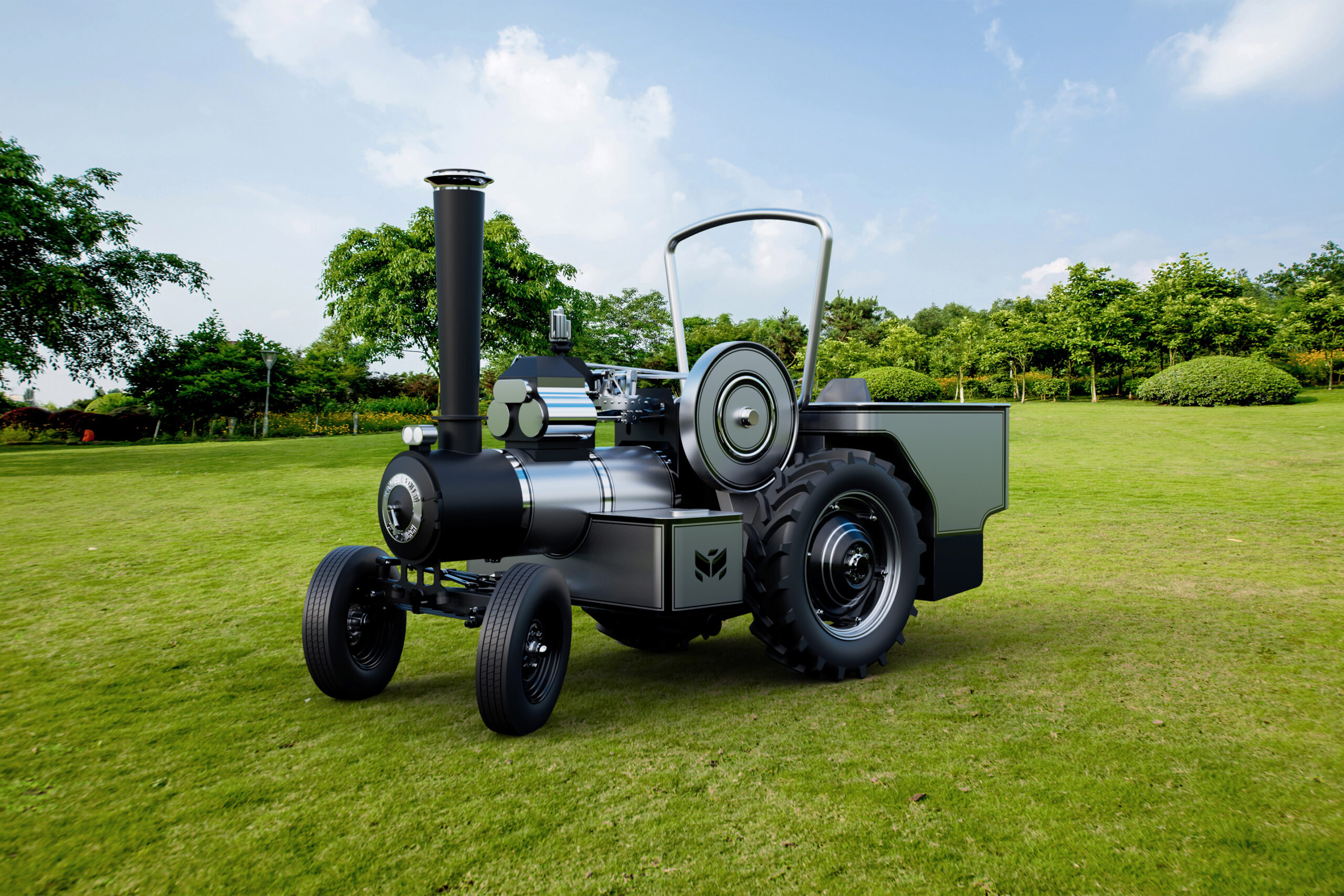I just became aware of a small scale steam engine system constructed and operated during the early 1980's. It was used to heat and power a modern home in Pennsylvania. It was fueled by anthracite coal. I understand there is an ASME paper describing the details. So, if I can get the paper, then I will post it here.
The details I acquired show the system was extremely efficient. Well, actually, since it used saturated steam at only 135 psig and atmospheric exhaust, the highest possible efficiency is very low under these parameters. However, it showed 80%+ of Rankine cycle efficiency (or theoretical maximum). I would not have thought it possible to do so well in so small an engine (actually, until I get the ASME paper, then I am going to doubt the figure). The White Cliffs expander was measured at about 70% of Rankine cycle efficiency using saturated steam at 540 psig and exhausting to a condenser at 160F (roughly 3.5 psia). There were clearance volume losses due to the bump valve configuration, thermal losses mainly from the high temperature differential in the cylinder (but also the higher steam temperatures), and the higher pressure likely contributed to steam leakage past the rings. Also important is small steam engines are very poor at extracting work from low pressure steam. So, a small engine with atmospheric exhaust can potentially show a very high percentage of theoretical maximum efficiency provided the other losses are minimized.
The expander was a single cylinder, single-acting, uniflow piston engine converted from a small industrial internal combustion engine. The steam admission used a single poppet valve with a push rod and cam. The system operated 24/7 during the heating seasons over a period of four years. Typical operating speed was 600 rpm. Power output was about 2 hp.
http://www.thesteamboatingforum.net/...ile.php?id=187
http://www.thesteamboatingforum.net/...ile.php?id=186
Site Information
About Us
- RonPaulForums.com is an independent grassroots outfit not officially connected to Ron Paul but dedicated to his mission. For more information see our Mission Statement.





 Reply With Quote
Reply With Quote


Connect With Us